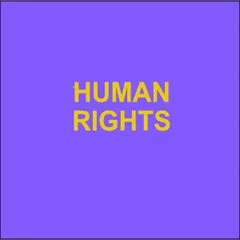By Kathleen Staudt
Focus on Violence and Activism: The book examines violence against women in Ciudad Juarez, highlighting the gruesome murders and the activism that arose in response.
Gender and Fear: It explores the impact of gender and fear on everyday life in the border city, emphasizing the role of cultural and institutional factors.
Research and Activism: The author combines research with activism, detailing workshops and community efforts to address and prevent violence.
Government and Institutional Responses: The book critiques theresponses of government and institutions to violence against women, comparing the situations in the U.S. and Mexico.
University of Texas Press, 2008, 184 pages





















